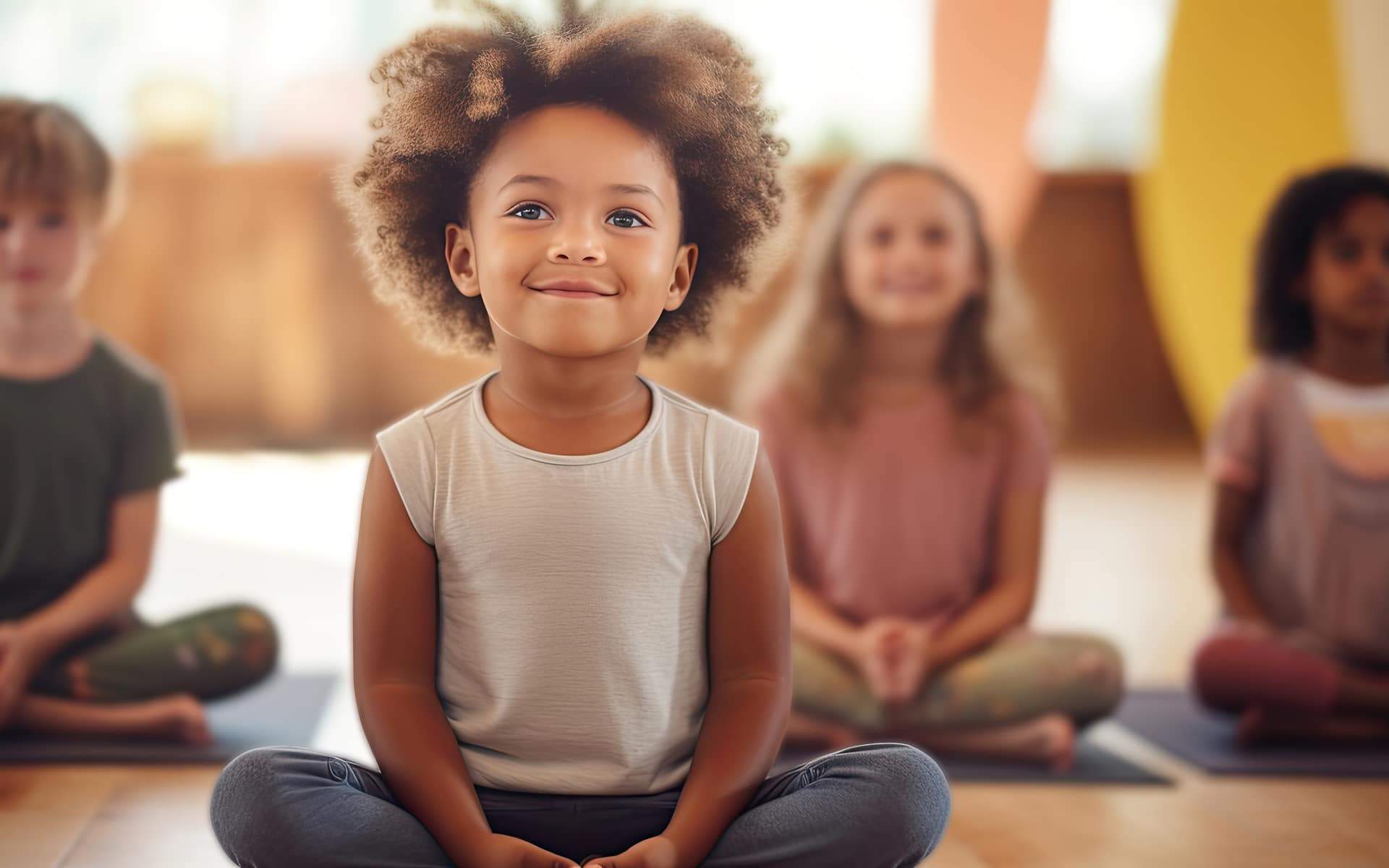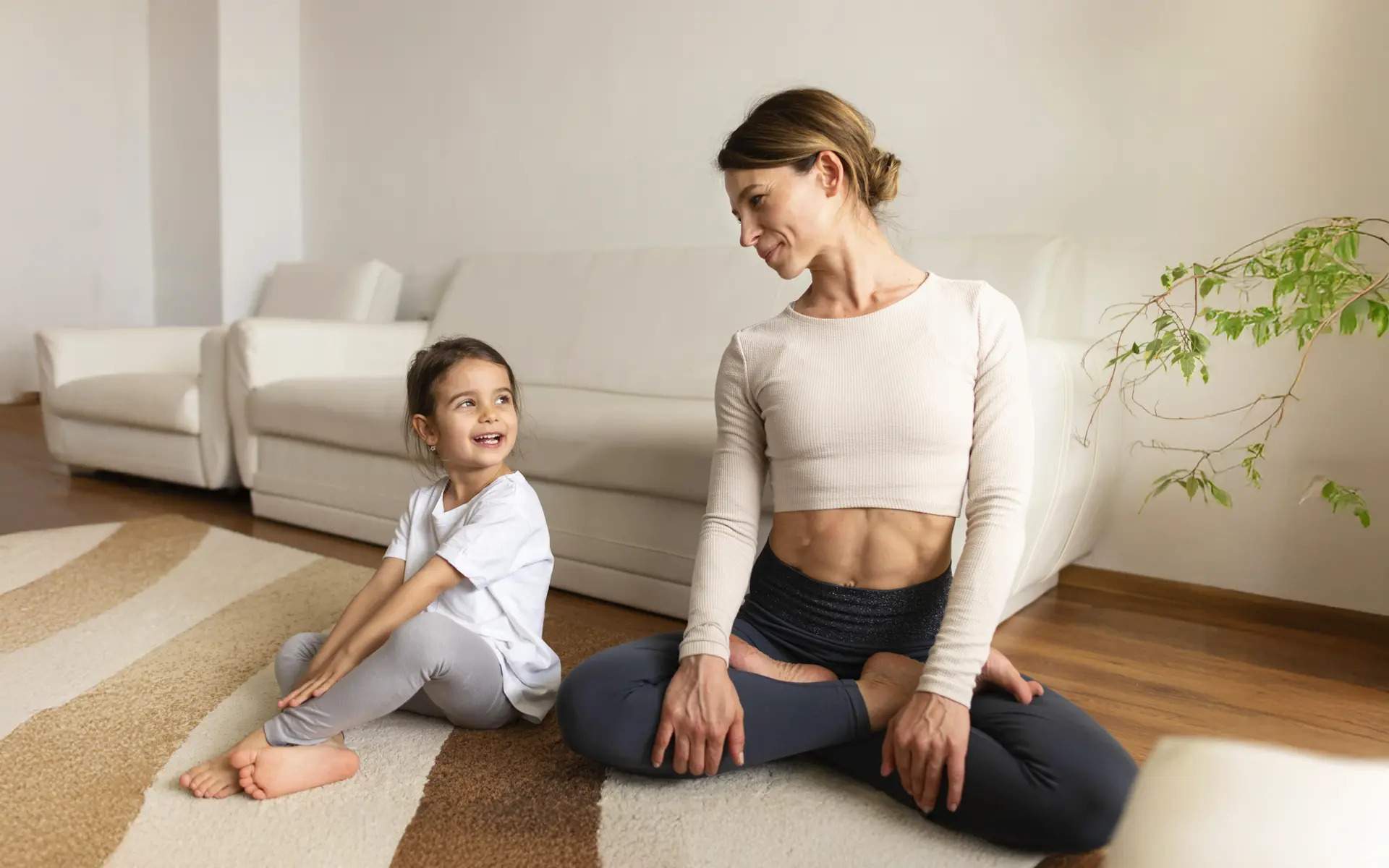All things must change, and we do not always know the outcome—if we’ll like the new thing or not, if it will be easy or not, if we’ll get used to what’s different. The inevitability and unpredictability of change is what can make it so uncomfortable and challenging to manage. Especially when things feel comfortable where they are, it’s easy to understand why we resist change.
Here’s an image you can offer to students when they think of facing change: imagine waves in the ocean. We cannot predict the waves of life, but we can learn to surf and ride the waves of change and transition.
The following is a meditation that can be shared with students to strengthen their adaptability to change.
A Guided Meditation for Coping With Change
If possible, lead this practice outside. Nature is effortlessly engaging and offers a wealth of visual phenomena to observe. But this can be done indoors, as well.
1. To begin, hold a brief discussion with students on the nature of change—its inevitability and its unpredictability. Ask students to reflect on ways that they have noticed change in their lives. For example:
- from the previous grade to now
- from a childhood to preteen or teen hood
- in sports
- in academics
- changes in things they like/don’t like
- changes with friends
2. Have students find a comfortable way of being: standing, sitting, lying down, whatever feels most comfortable to them.
3. Invite them to find a bit of space near them—a small area that they can focus their attention on for the next few minutes.
4. When they seem settled into their spots, let them know that you’re going to be asking some questions that they can just answer inside their own heads for now. Leaving windows of silence of about 15-30 seconds between questions, you can ask things like:
- What is constant in your area?
- What things are still? What things are moving?
- Can we watch without judging?
- What can you notice that has changed since you began to pay attention?
5. Next, invite them to bring that same awareness to themselves for a moment. You can ask questions like:
- Can we notice the ways we change in the next few moments?
- Can we notice what has stayed the same?
- Do you have any feelings about the changes?
6. When you’re ready, bring their attention back to you and the group as a whole. You can have them take a few deep breaths to reconnect. As a way to debrief as a group, you can ask if anyone would like to share anything they noticed.
Reflection Question:
Things are constantly changing. Some changes are fun, some are challenging, some are boring, some are exciting. What are three things that are changing in your life right now?








